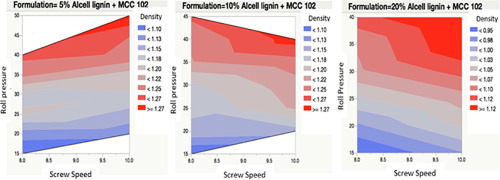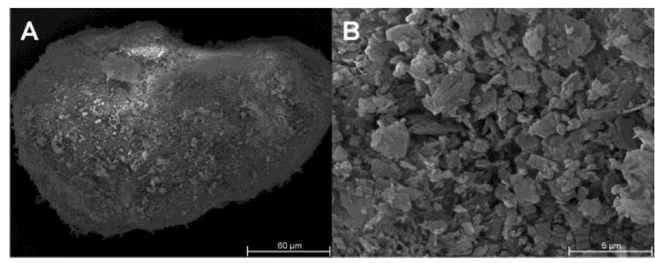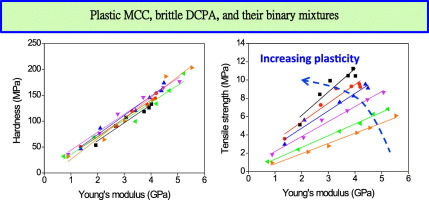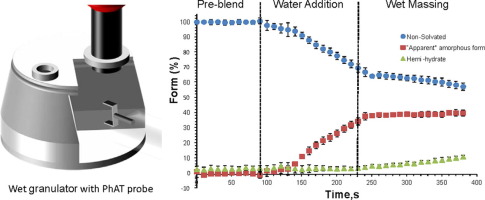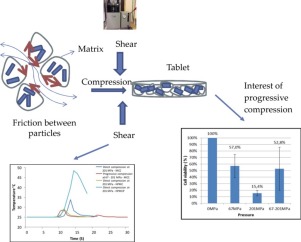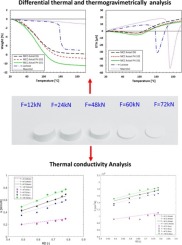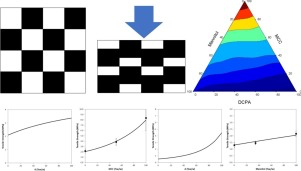- Home
- Blog
- News
- Basics
- Sources
- Agencies, Regulatory & Organisations
- CERSI Excipients Browser
- Excipient Report
- Excipient DMF List
- EXCiPACT Certified Companies
- Excipient Documentation
- Excipient EINECS Numbers
- Excipient E-Numbers
- FDA Inactive Ingredient List
- FDA GRAS Substances (SCOGS) Database
- IPEC Americas
- USP - U.S. Pharmacopeia
- Definitions
- Whitepapers / Publications
- Supplier
- Services
- Media
- Events
- 1st pharmaexcipients Poster Award
- Event Calendar
- Events featured by pharma-excipients
- 4th Annual Formulation & Drug Delivery Congress
- DDF Summit
- ExcipientFest Americas
- ExcipientFest Asia
- Global CompliancePanel
- International Conference and Exhibition on Pharmaceutics & Novel Drug Delivery Systems
- Formulation & Drug Delivery USA Congress
- Laboratory Medicine 2018
- Making Pharmaceuticals Europe
- Making Pharmaceuticals Exhibition
- Pharma Integrates
- PharmaExcipients China @CPhI China
- TTC Technology Training Center
- Jobs
- Online Sourcing
- Contact
31. August 2018
The main objective of the presented research was to prepare an innovative carrier as a filler for detection tubes in the form of double-coated pellets with a very significant color transition during the detection of cholinesterase inhibitors such as nerve agents, organophosphorus or carbamate insecticides in liquids that is observable visually and also spectrophotometrically at 412 nm. The pellet cores were prepared by the extrusion/spheronization method. Consecutively, two different coats...
07. July 2018
In this study, a process map was developed in an effort to improve the understanding of dry granulation of pharmaceutical excipients by roll compaction process, and to implement the quality-by-design (QbD) approach. Through development of the process map, a correlation was made between the critical process parameters (roll pressure, screw speed), and critical quality attributes (density of ribbons and granule size). This method reduces development time, quantity of materials required and cost....
21. June 2018
Tricalcium citrate (TCC) was characterized as a tableting excipient for direct compression (DC) and dry granulation (DG). SIGNIFICANCE: Brittle materials usually lead to tablets of inferior mechanical strength compared to plastic deforming materials. A brittle material exhibiting a high tabletability with the ability to retain that behaviour during recompression would represent a valuable alternative to the commonly used microcrystalline cellulose (MCC). METHODS: Tablets of TCC and other common...
28. March 2018
In twin screw wet granulation process, the binding excipients could be added in two ways: premixed with powder materials before granulation or dissolved in water as a solution. In this paper, the feasibility of using micronized lactose as a solid binder excipient in twin screw granulation process was examined. Different proportions of micronized lactose were mixed with lactose and microcrystalline cellulose (MCC) powder before granulation, respectively. As a comparison, hydroxypropyl cellulose...
05. March 2018
Mechanical properties of pharmaceutical materials, e.g., Young's modulus (E), indentation hardness (H), and tensile strength (σ), play an important role in powder compaction process. However, few studies investigated the relationship among these parameters and consequence for tablet compression. Using microcrystalline cellulose, a plastic material, and dibasic calcium phosphate anhydrate, a brittle material, as well as their binary mixtures, we systematically examined the relationship among the
01. March 2018
Form changes during drug product processing can be a risk to the final product quality in terms of chemical stability and bioavailability. In this study, online Raman spectroscopy was used to monitor the form changes in real time during high shear wet granulation of Compound A, a highly soluble drug present at a high drug load in an extended release formulation. The effect of water content, temperature, wet massing time and drying technique on the degree of drug transformation were examined.
10. January 2018
Faecalibacterium prausnitzii was previously recognized for its intestinal anti-inflammatory activities and it has been shown less abundant in patients with chronic intestinal diseases. However, the main problems encountered in the use of this interesting anaerobic microorganism are firstly its high sensitivity to the oxygen and secondly, its ability to reach the large intestine alive as targeted site.
16. October 2017
Thermal properties of powders are critical material attributes that control temperature rise during tableting and roll compaction. In this study, various analytical methods were used to measure the thermal properties of widely used pharmaceutical excipients including microcrystalline cellulose (MCC) of three different grades (Avicel PH 101; Avicel PH 102 and Avicel DG), lactose and mannitol.
07. September 2017
Abstract A new model to predict the compressibility and compactability of mixtures of pharmaceutical powders has been developed. The key aspect of the model is consideration of the volumetric occupancy of each powder under an applied compaction pressure and the respective contribution it then makes to the mixture properties. The compressibility and compactability of three pharmaceutical powders: microcrystalline cellulose, mannitol and anhydrous dicalcium phosphate have been characterised....
05. May 2017
Many excipients are used in pharmaceutical industries for manufacture of solid oral dosage forms. Excipients are used as a bulking agents in formulation, but is should be non-reactive and enhance tabletting properties. Microcrystalline cellulose is a dried binder and native form of cellulose[1]. The development of microcrystalline cellulose (MCC) has made available to the pharmaceutical industry an extremely valuable tabletting binding agent


